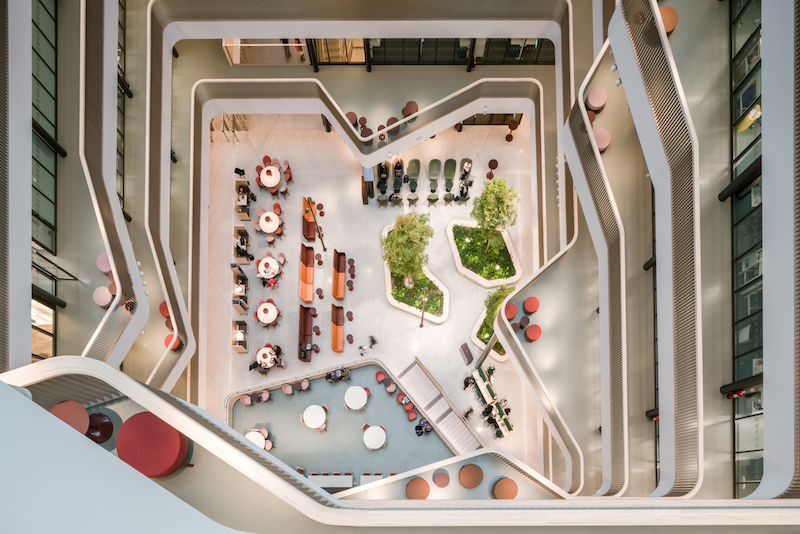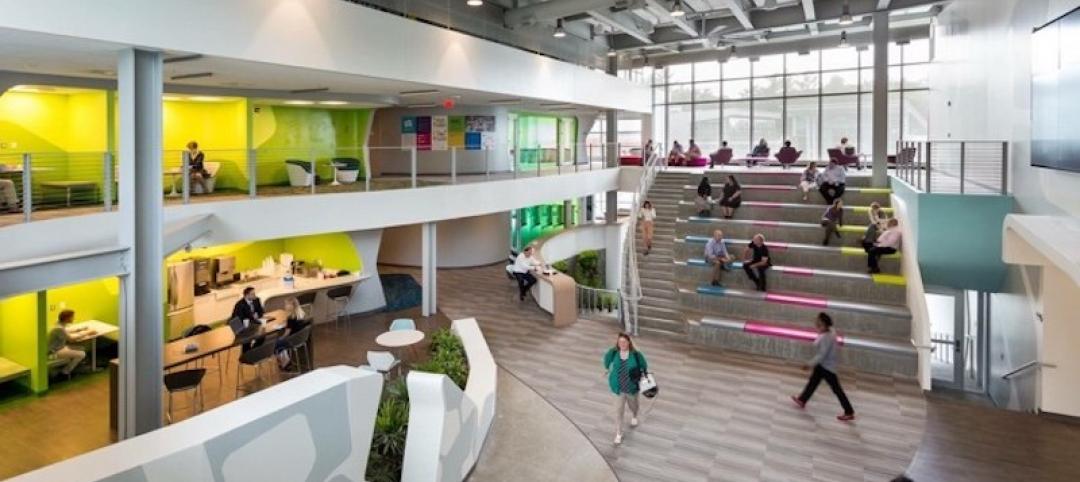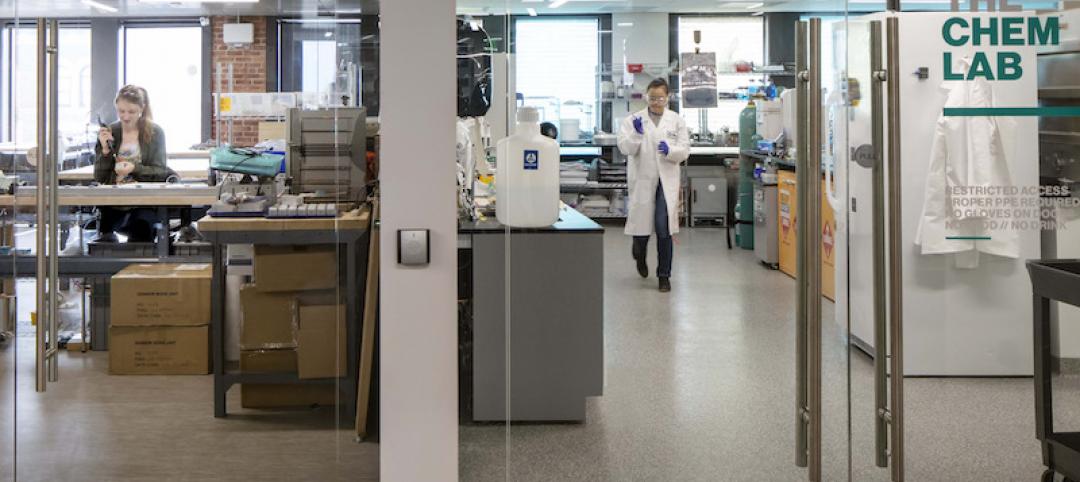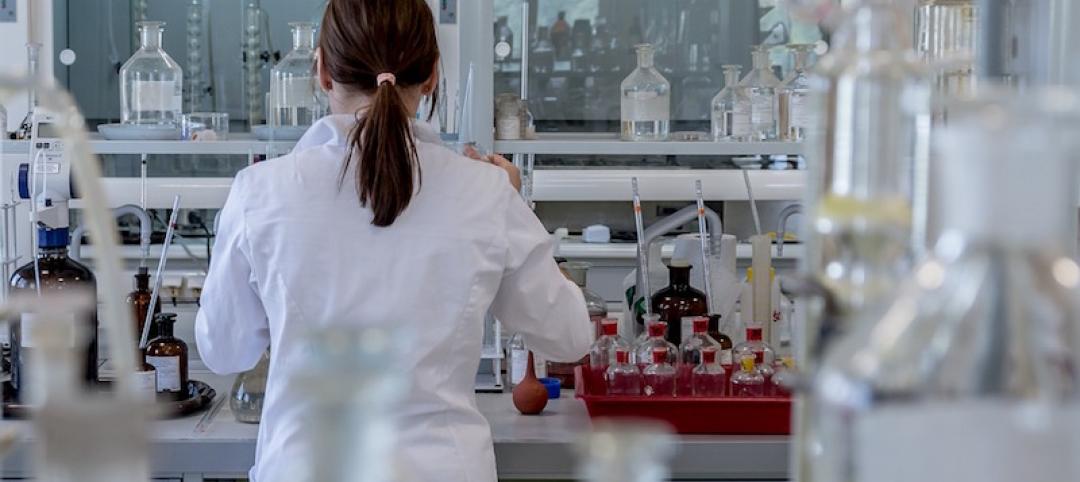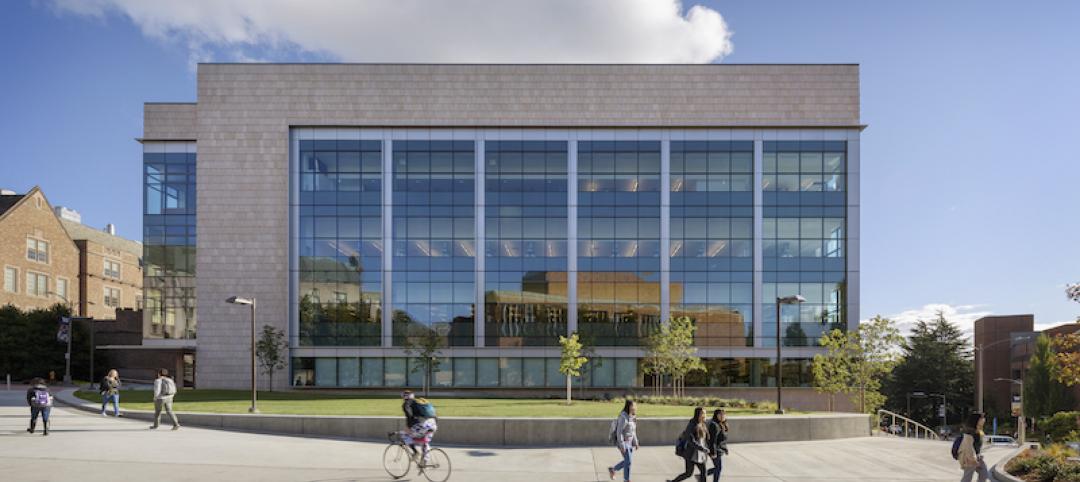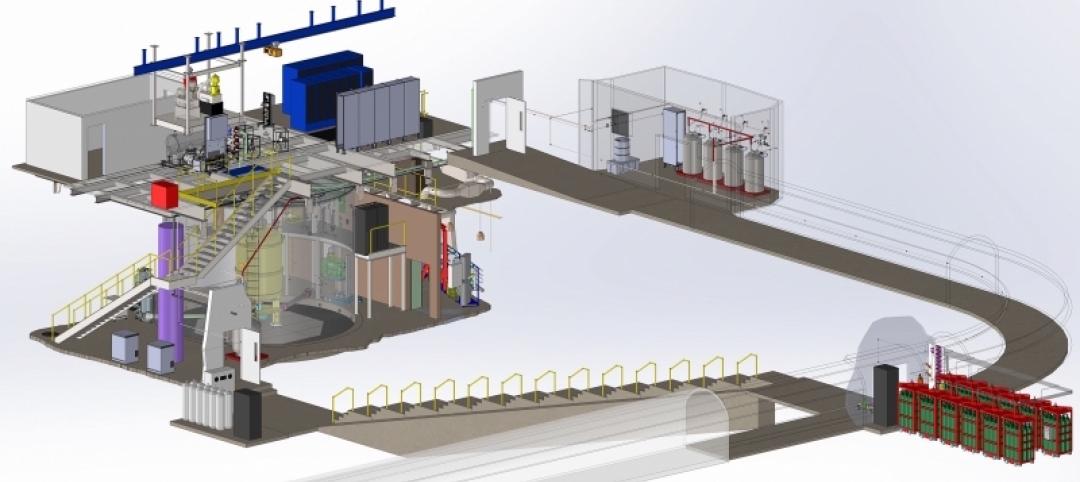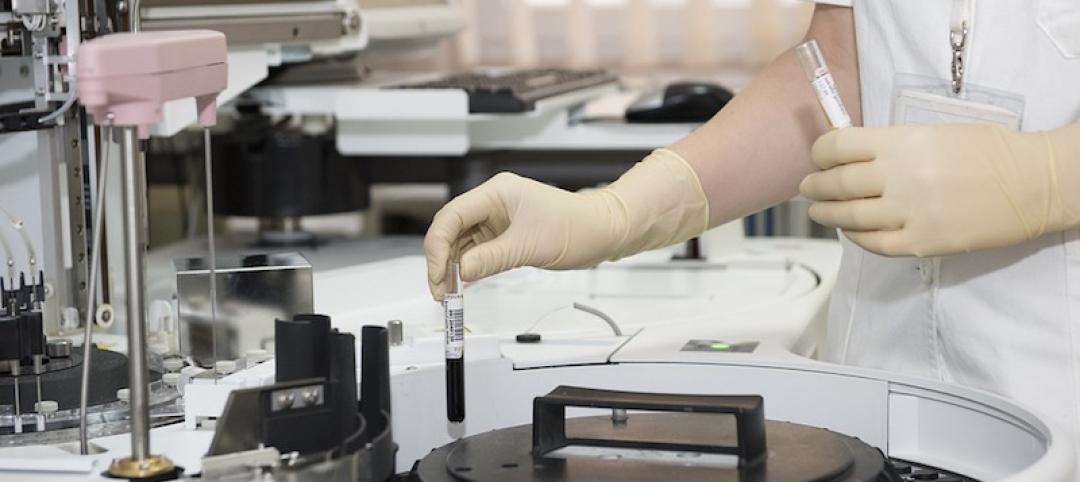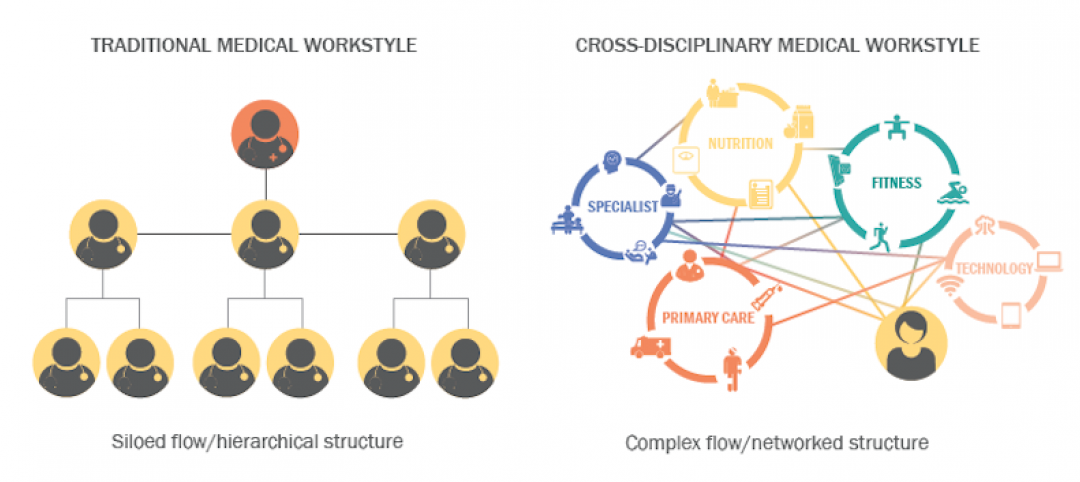Biomedicum, the new laboratory building at the Karolinska Institute in Stockholm, unifies the institute’s research environments under one roof.
The nearly 700,000-sf, 11-story facility will feature flexible laboratory and office space meant to be a catalyst for collaboration between the various research and study environments. It comprises four connected buildings with laboratories built around an eight-story high atrium wrapped in a transparent double-shell façade.
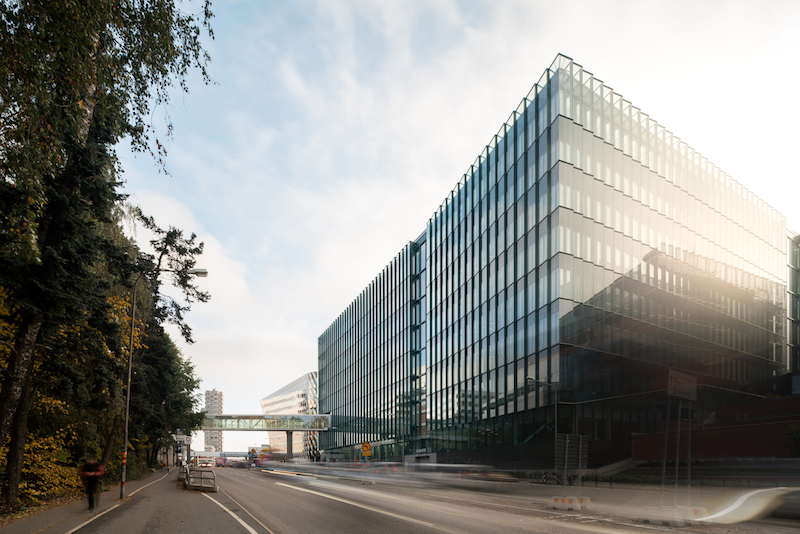 Photo: Mark Hadden.
Photo: Mark Hadden.
The building, located within the campus park, also brings the park inside its walls with a glass-covered green atrium. The atrium roof is a suspended ceiling with large dome-shaped lanterns that let in daylight. Above is a fully glazed roof that is easy to maintain and can be reached from a suspended ceiling.
See Also: Former grocery store becomes a cancer care center in New Jersey
The transparent ground floor offers access to the atrium, a cafe, conference rooms, and a public exhibition space. The ground floor also forms new connections through the park to open up the Karolinska Institute towards both the city and the planned university hospital.
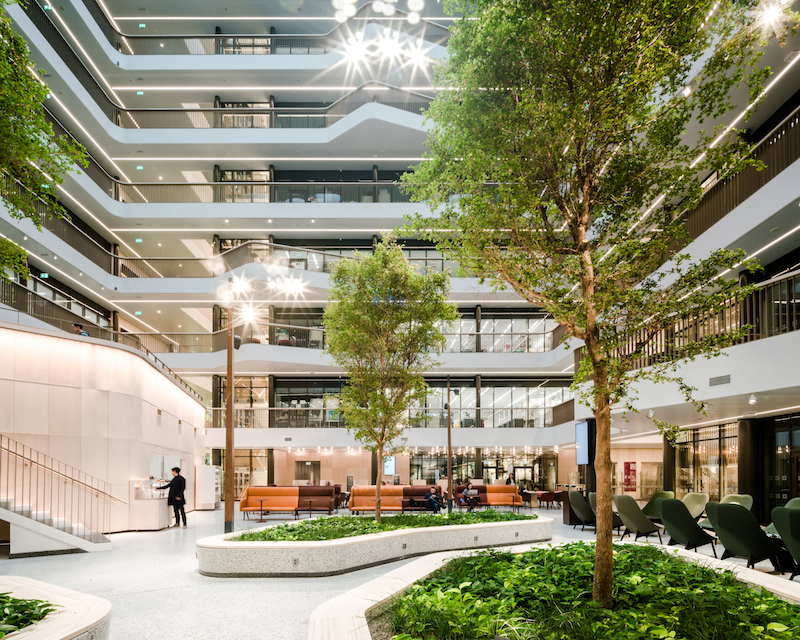 Photo: Mark Hadden.
Photo: Mark Hadden.
Biomedicum accommodates 1,600 researchers and staff and house the following departments:
– The Department of Cell and Molecular Biology
– The Department of Physiology and Pharmacology
– The Department of Microbiology, Tumor and Cell Biology
– The Department of Medical Biochemistry and Biophysics
– The Department of Neuroscience
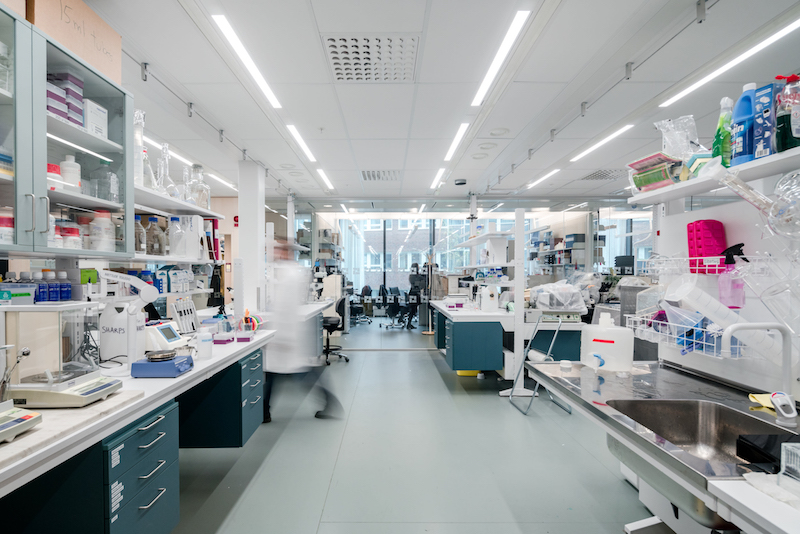 Photo: Mark Hadden.
Photo: Mark Hadden.
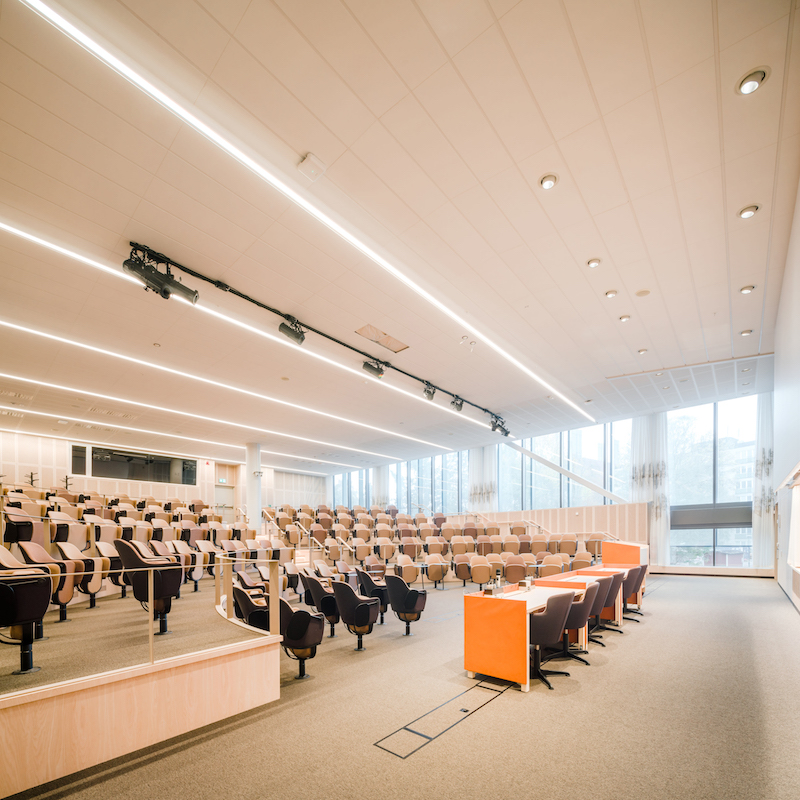 Photo: Mark Hadden.
Photo: Mark Hadden.
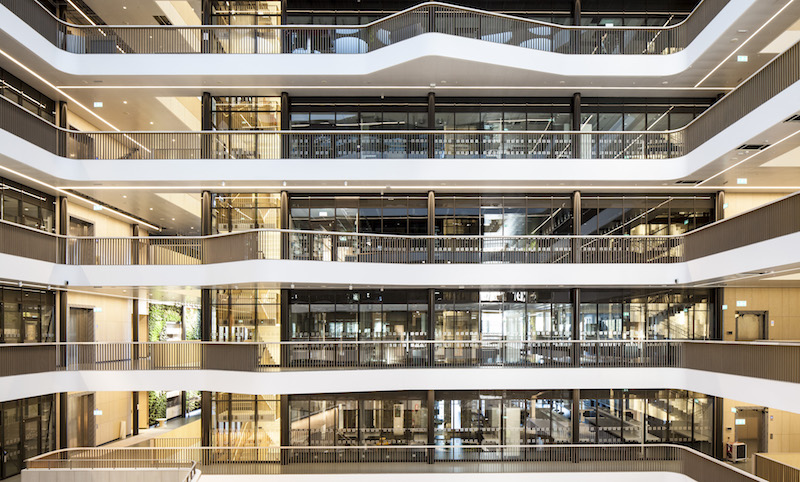 Photo: Nikolaj Jakobsen.
Photo: Nikolaj Jakobsen.
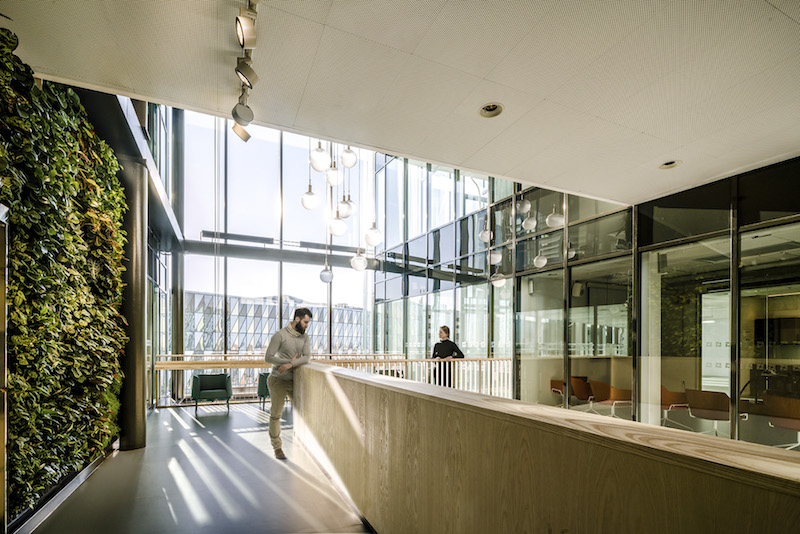 Photo: Mark Hadden.
Photo: Mark Hadden.
Related Stories
Laboratories | Jun 18, 2018
A Massachusetts research building is the first to meet WELL’s Gold standard
Design changes in lighting and HVAC systems were required to meet compliance criteria.
Laboratories | May 21, 2018
Virtual Design and Construction Technology helped design MIT’s new accelerator facility
SGA designed the incubator space.
Laboratories | Feb 26, 2018
Three trends shaping labs of the future
It’s all about flexibility and talent for the future of life sciences.
University Buildings | Feb 16, 2018
The University of Washington receives a new Nanoengineering and Sciences Building
The building marks the second phase of a 168,000-sf complex.
Laboratories | Feb 15, 2018
Mass science: Superlab design best practices
What are superlabs? And what makes for a superbly designed superlab?
Reconstruction & Renovation | Feb 7, 2018
Renovations begin on an underground facility that is investigating the nature of dark matter
This LEO A DALY-designed project makes way to produce the world’s most sensitive detector to this point.
Healthcare Facilities | Jan 6, 2018
A new precision dental center embodies Columbia University’s latest direction for oral medicine education
The facility, which nests at “the core” of the university’s Medical Center, relies heavily on technology and big data.
Giants 400 | Dec 13, 2017
Top 45 science + technology architecture firms
HDR, HOK, and Interior Architects top BD+C’s ranking of the nation’s largest science + technology sector architecture and AE firms, as reported in the 2017 Giants 300 Report.
Healthcare Facilities | Nov 6, 2017
Design isn’t enough to foster collaboration in healthcare and research spaces
A new Perkins Eastman white paper finds limited employee interaction at NYU Winthrop Hospital, a year after it opened.
Laboratories | Sep 22, 2017
Designing for how we learn: Maker spaces and instructional laboratories
Here is how the See + Hear + Do = Remember mantra can be applied to maker spaces and instructional labs.


